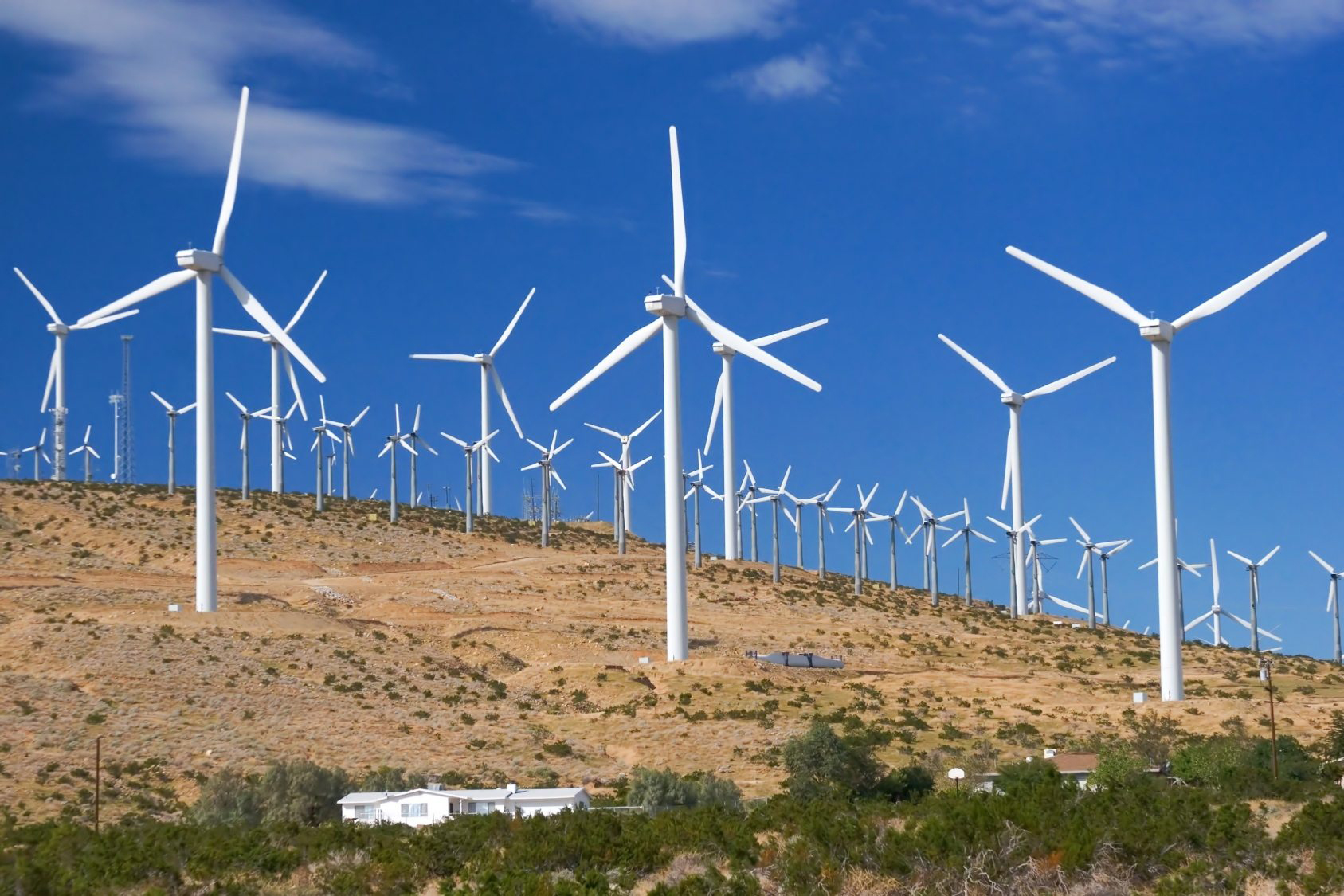According to specialists in the area, India is in a favourable and strategically significant position to become a top manufacturer of essential parts needed for wind energy-based power generation. This is noteworthy given that China, the world’s top supplier, is responsible for the Covid-19-led interruption to the supply chain that transports essential parts and raw materials. The issue lasted even after the outbreak.

As a result, numerous multinational corporations have recently moved their headquarters to India or are in the midst of doing so. Most people desire to steer clear of potential difficulties. Some industry analysts asserted that India is benefiting from the geopolitical climate in South East Asia following the Covid-19 epidemic.
“China sent raw materials to India and other nations for the wind industry. However, the epidemic “revealed the huge risks which enterprises faced for depending on a single nation for all of its raw material supply,” said a senior official involved in India’s wind energy industry development.
The Ever Given, a cargo ship sailing from China to the Netherlands, blocked the Suez Canal for six days in March 2021, adding to the pandemic’s aftershocks. Due to the supplies being caught in the water, prices increased. “A large number of the wind turbine blades—small parts that Danish businesses had supplied for on-site installations—were jammed. Numerous projects were delayed during the process, and expenses increased, the source added.
More businesses were urged to move their headquarters to India as a result, notably to Tamil Nadu. They started working on creating their own, region-specific supply chains while taking the course, and Tamil Nadu has been by far the best host.
“The establishment of new businesses in Tamil Nadu is evidence that India is supplying the necessary ecosystem. Additionally, the geopolitical dynamics in the area now favour India. The businesses are therefore confident in their ability to create superior supply chain systems. As a result, Francis Jayasurya, India director, Worldwide Wind Energy Association (GWEC), a global trade council for the wind industry, believes that India has the potential to become a centre for the production of components needed for the wind energy sector.
According to analysts, the recently created Indo-Pacific Economic Framework for Prosperity (IPEF) comprising 12 nations may provide up opportunities for the sector’s growth in India. The US-led IPEF will focus on energy as well as three other crucial sectors. In addition to Australia, Brunei, Indonesia, Republic of Korea, Malaysia, New Zealand, Vietnam, Philippines, Singapore, and Thailand, India is a part of this group. According to industry analysts, the alliance will fight with China, the region’s dominant power.
Although Prime Minister Narendra Modi promised to generate 500 GW of power from non-fossil sources and renewable energy at the COP26 in Glasgow last year, analysts believe India requires far larger investments to increase power output from renewable energy sources.
To draw greater investments, Vibhuti Garg of the Institute for Energy Economics and Financial Analysis (IEEFA) suggested creating infrastructure bonds with a 15–20 year maturity.
In order to build an environment or ecosystem that would encourage new players and mid-level enterprises to establish operations in the nation, the state governments and the federal government should collaborate, according to the experts. One-quarter of the nation’s total installed capacity of 40.35 GW comes from Tamil Nadu alone.











